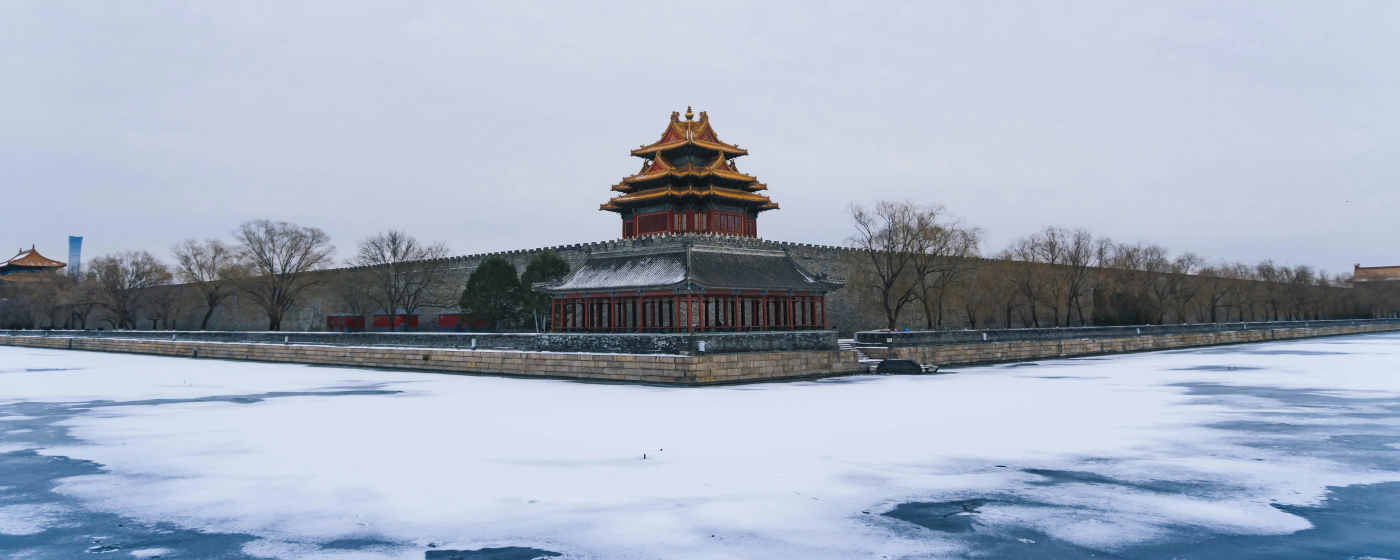Contact


Winter sports were once a niche pastime in China, associated mostly with elite athletes from northern provinces. Not anymore. As millions of visitors flocked to the Harbin Ice and Snow Festival this winter and ski resorts from Xinjiang to Jiangsu reported sold‑out hotels, it became clear that a snowball effect is underway. A few years after Beijing hosted the 2022 Winter Olympics, the country has turned ice and snow into a national obsession and a growing economic engine. The boom spans participation, infrastructure, tourism and industry—and is changing how China sees itself.

China’s commitment to winter sports is as much about economic development as it is about exercise and entertainment.

Despite the rosy statistics, challenges remain. Many Chinese still live far from natural snow, and climate change threatens snow reliability. Maintaining momentum requires not only building venues but also ensuring quality coaching and affordable access. Officials emphasise the need to balance regional development: while northern provinces like Heilongjiang and Xinjiang have become winter tourism hotspots, southern regions must develop indoor facilities and training programmes.
Looking ahead, policymakers aim for the ice‑and‑snow economy to surpass $140 billion by 2025, $168 billion by 2027 and $210 billion by 2030. They plan to build additional venues, expand equipment manufacturing, strengthen youth programmes and integrate tourism and cultural industries. Winter sports have become not only an element of a “healthy China” but also a new driver of balanced regional development and cultural integration.
A decade ago, ice skating and skiing were fringe activities in a country better known for table tennis and badminton. Today, winter sports have captured the imagination of hundreds of millions, spurring economic growth and cultural change from Harbin to Guangzhou. The combination of Olympic legacy, massive infrastructure investment, supportive policy and entrepreneurial energy has turned snow and ice into a frozen fortune for China. The challenge will be to keep the momentum going—ensuring that the sports remain accessible, the industry sustainable and the thrill of gliding on ice continues to inspire future generations.

